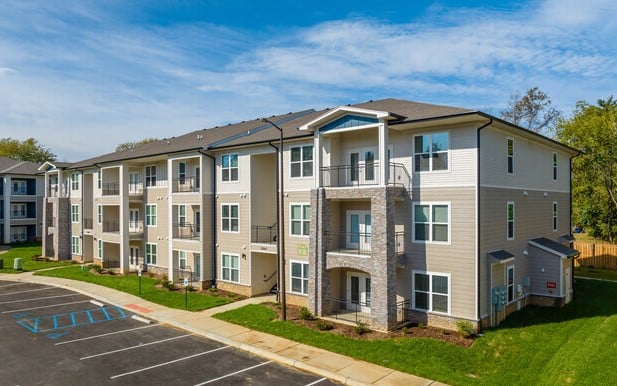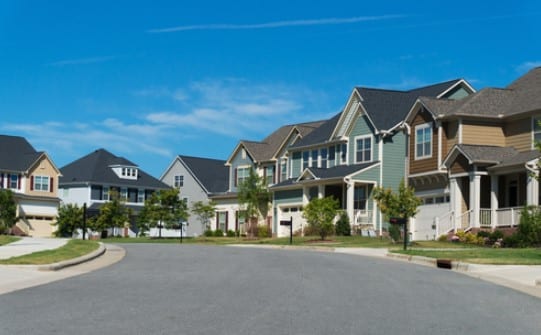Finding an Affordable Apartments can be a daunting task, especially in high-demand areas where rental prices continue to rise.
However, there are various options available for those seeking budget-friendly living arrangements.
This comprehensive Decor.havenblueprint.com will delve into the different types of affordable apartments, how to find them, and what to consider when searching for low-cost rentals.
Types of Affordable Apartments and Their Benefits
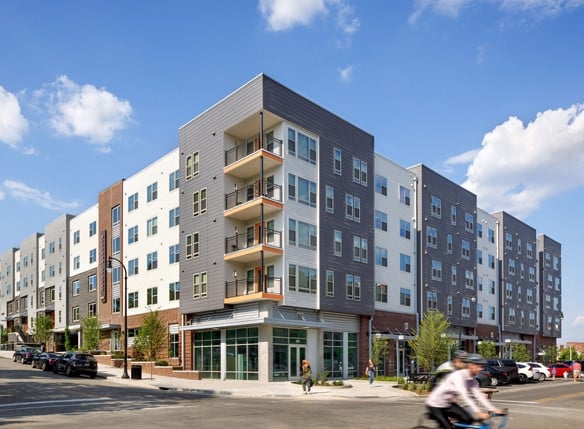
Low-Cost Apartments
Low-cost apartments are designed to offer rental options that are significantly more affordable than market-rate apartments.
These rentals cater to individuals or families with limited budgets, providing a practical solution to the rising cost of living.
Low-cost apartments provide an affordable housing solution for individuals and families seeking budget-friendly rental options.
These apartments are thoughtfully designed to offer essential amenities while keeping costs manageable, making them ideal for those facing the challenges of rising living expenses.
With a focus on affordability, low-cost apartments create accessible living spaces without sacrificing basic comforts, helping renters maintain financial stability.
- Features: Low-cost apartments typically offer basic amenities and are located in various neighborhoods, including urban, suburban, and rural areas.
- Benefits: These apartments help reduce the financial burden on tenants, allowing them to allocate their budget towards other necessities like food, healthcare, and education. They also offer a stable living environment for individuals and families.
- Who Should Consider Low-Cost Apartments?: Ideal for those on a tight budget or seeking to minimize housing expenses while maintaining a comfortable living space.
Affordable Studio Apartments
Studio apartments are a popular choice for individuals looking for a compact living space.
Affordable studio apartments provide an economical option for those who need a small, functional space without the high costs associated with larger units.
Affordable studio apartments are an excellent choice for individuals seeking a compact and efficient living space.
These apartments offer a practical solution for those who need a small, functional area to live, work, and relax without the high costs of larger units.
With an open floor plan that maximizes every square foot, affordable studio apartments are perfect for students, young professionals, or anyone looking to downsize.
Despite their smaller size, these apartments can still offer modern amenities, such as full kitchens and well-designed storage solutions, making them an ideal option for those on a budget who value both comfort and cost-efficiency.
- Features: Studio apartments generally consist of a single room that serves as the living, sleeping, and dining area, along with a separate bathroom.
- Benefits: The lower rent and utility costs associated with studio apartments make them a great choice for single occupants or young professionals. They offer a cost-effective solution for urban living without compromising on essential amenities.
- Who Should Consider Affordable Studio Apartments?: Suitable for individuals, students, or young professionals seeking an affordable and efficient living space.
You can also read : Apartments for Low Income : Find Subsidized Housing
Real-World Examples of Affordable Apartments
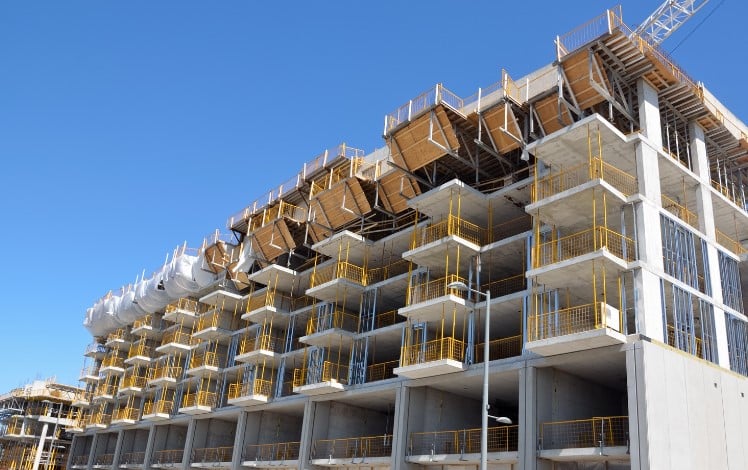
These apartments often offer practical layouts and essential amenities while being located in accessible areas.
Examples include studio apartments in urban settings, which provide efficient use of space, or multi-bedroom units in suburban neighborhoods with lower rent costs.
Affordable housing solutions, such as those in government-subsidized programs or non-profit developments, can also be great choices for those on a tight budget, providing quality living without financial strain.
1. Section 42 Housing
The Section 42 Housing Program is a federal initiative that provides affordable rental options through tax incentives for developers.
This program ensures that a portion of rental units in certain properties remains affordable for low-income tenants.
The Section 42 Housing Program, also known as the Low-Income Housing Tax Credit (LIHTC) program, incentivizes developers to create and maintain affordable housing by offering tax credits.
In return, property owners must set aside a percentage of their units for low-income renters, typically for a period of 15 to 30 years.
- Features: Apartments under Section 42 are typically well-maintained and located in various communities. They offer reduced rent based on income levels.
- Pros: Provides stable and affordable rental options, often includes modern amenities, and promotes community development.
- Cons: Availability may be limited, and application processes can be competitive.
- Price: Rent is set below market rates, adjusted based on the tenant’s income.
- Learn More: Section 42 Housing Program
2. Housing Choice Vouchers (Section 8)
The Housing Choice Voucher Program, commonly known as Section 8, helps low-income families and individuals afford rental housing by providing subsidies that cover a portion of the rent.
The Housing Choice Voucher Program, commonly referred to as Section 8, is a federal program that assists low-income families, elderly individuals, and people with disabilities in affording safe and decent rental housing.
Under this program, eligible participants receive subsidies that cover a portion of their rent, allowing them to secure housing in the private market.
The voucher amount is based on income and the local housing market, with tenants typically paying 30% of their monthly income toward rent, while the voucher covers the remainder.
This program provides flexibility, allowing participants to choose their housing, as long as it meets the program’s health and safety standards.
- Features: Participants receive vouchers that can be used to rent housing in the private market, provided the landlord agrees to accept them. The program covers the difference between 30% of the tenant’s income and the total rent.
- Pros: Offers flexibility in choosing rental properties, reduces financial strain on tenants, and supports a wide range of housing types.
- Cons: There may be long waiting lists and eligibility requirements.
- Price: Rent is based on 30% of the tenant’s income, with the voucher covering the remaining balance.
- Learn More: Housing Choice Vouchers (Section 8)
3. Affordable Housing Tax Credit (LIHTC)
The Low-Income Housing Tax Credit (LIHTC) program provides tax incentives to developers who build or rehabilitate affordable rental housing.
These properties offer reduced rent to qualifying tenants. The Low-Income Housing Tax Credit (LIHTC) program plays a crucial role in promoting the development and rehabilitation of affordable rental housing by providing tax incentives to developers.
This program encourages the construction of properties that offer reduced rent to qualifying tenants, helping to alleviate the housing affordability crisis faced by many communities.
By incentivizing developers to invest in affordable housing, the LIHTC program not only increases the availability of low-cost rental options but also supports economic growth and revitalization in underserved areas.
Ultimately, this initiative is vital for creating sustainable and inclusive communities where individuals and families can thrive without the burden of excessive housing costs.
- Pros: Expands the availability of affordable housing, often includes modern facilities, and helps maintain quality housing standards.
- Cons: May have income eligibility requirements and limited availability based on location.
- Price: Generally lower than market rates, with rent adjusted based on income.
- Learn More: Low-Income Housing Tax Credit
You can also read : Affordable Housing Options: Explore Programs and Grants
Comparison of Affordable Apartments by Use Case
Affordable Housing Apartments
Affordable housing apartments are designed to provide budget-friendly rental options for low-income individuals and families. They often include various types of units, from studios to multi-bedroom apartments.
Affordable housing apartments are an essential solution for individuals and families with low to moderate incomes, providing budget-friendly rental options.
These apartments come in various types, from compact studios to spacious multi-bedroom units, ensuring there’s an option for everyone.
Often located in areas with convenient access to public transportation and essential services, affordable housing is a key resource for those looking for low-cost rental apartments or affordable family housing options.
With a focus on meeting the needs of underserved communities, these housing solutions offer both comfort and convenience at a lower cost.
- Pros: Helps reduce the cost of living, offers stable and safe housing, and may include access to community amenities.
- Cons: Availability can be limited, and application processes may be competitive.
- Best For: Individuals or families seeking affordable rental options that fit within their budget.
Discounted Apartment Rentals
Discounted apartment rentals are offered at reduced rates compared to standard market prices.
These discounts may be temporary or part of a longer-term affordability program.
Discounted apartment rentals offer significant savings compared to standard market rates, making them an attractive option for budget-conscious renters.
These discounts may be temporary promotions or part of long-term affordability programs aimed at helping individuals or families secure more affordable housing options.
- Pros: Provides immediate savings on rent, often available in desirable locations, and may include promotions or incentives.
- Best For: Renters looking for immediate savings and those willing to explore various discount options.
You can also read : Housing Developments: Explore New Residential & Affordable
How to Find and Apply for Affordable Apartments
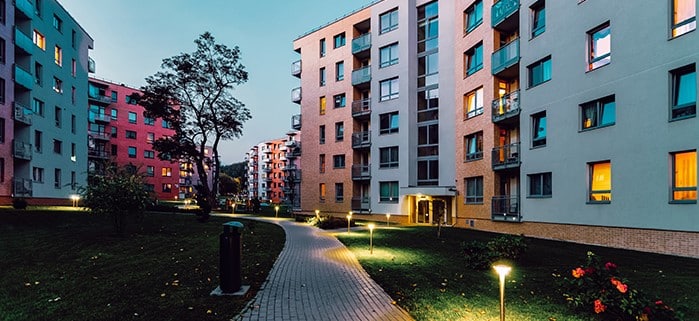
Finding and securing an affordable apartment involves several steps:
- Research Options: Start by researching local affordable housing programs, apartment listings, and rental assistance programs. Websites like HUD.gov and local housing authority websites can provide valuable information.
- Check Eligibility: Determine if you meet the eligibility requirements for various affordable housing programs. This may include income limits, family size, and other criteria.
- Apply for Housing: Submit applications to the affordable housing programs or apartment complexes that interest you.
- Visit Apartments: Schedule visits to tour available units and assess the condition and amenities of the apartments. This will help you make an informed decision about where to apply.
- Finalize Lease: Once accepted, review and sign the lease agreement. Make sure you understand the terms, including rent amounts, maintenance responsibilities, and lease duration.
You can also read : Cheap Homes for Sale: Affordable and Budget-Friendly
Benefits of Affordable Apartments
Affordable apartments offer several advantages, such as lower rental costs, which help reduce monthly expenses and allow for more financial flexibility.
With lower rent, individuals can enjoy more disposable income, making affordable apartments an excellent choice for those looking to maintain a balanced budget without sacrificing quality of life.
They also provide access to safe, comfortable living spaces without compromising on essential amenities.
For individuals or families on a budget, affordable apartments are a great option to achieve a balanced lifestyle while living in desirable locations Affordable apartments offer numerous benefits to renters, including:
- Cost Savings: By offering lower rental rates, affordable apartments help tenants manage their budgets more effectively and allocate resources to other important expenses.
- Stability: Affordable housing provides a stable living environment, reducing the stress associated with high housing costs and potential displacement.
- Community Integration: Many affordable housing programs promote community development and provide access to amenities that enhance quality of life.
FAQs
What is the difference between low-cost and affordable apartments? Low-cost apartments refer to rental units priced below market rates, specifically designed for individuals or families with limited incomes.
Affordable apartments generally include a broader range of options, including those subsidized by programs or offered at reduced rates for various income levels.
How can I find affordable apartments near me? To find affordable apartments near you, use online rental search tools, contact local housing authorities, and check listings on websites dedicated to affordable housing.
Local non-profit organizations and community groups may also offer resources and referrals.
Finding an affordable apartment requires careful research and planning, but with the right resources and strategies, you can secure a budget-friendly living space that meets your needs.
Whether you’re looking for low-cost rentals, affordable studios, or discounted apartment options, understanding your choices and eligibility can help you find the perfect home.

